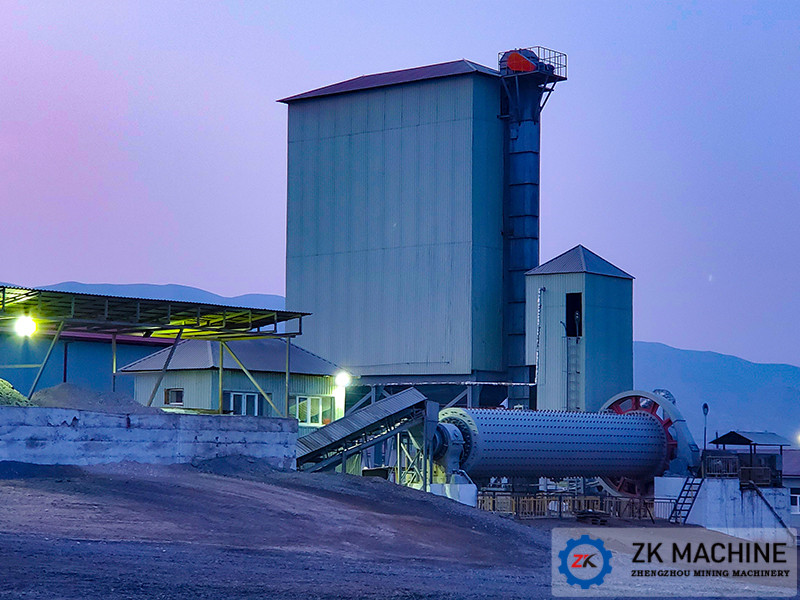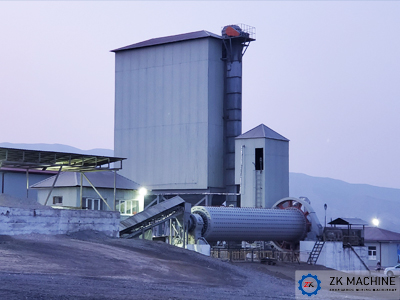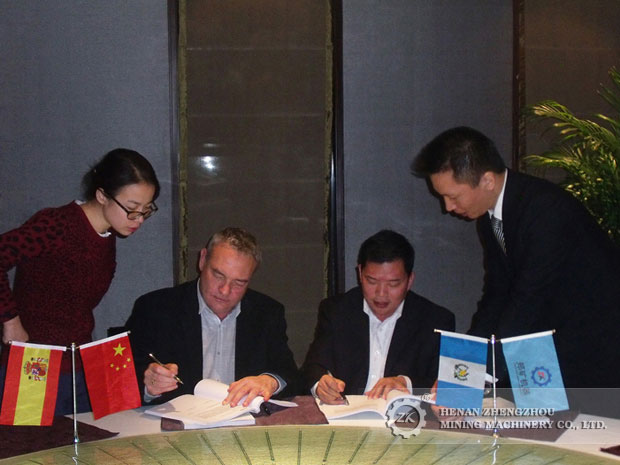1.Batching
The shipping clinker is discharged into the dock crane and then transported to the clinker warehouse. After unloading at the bottom of the tent warehouse, it is transported to the clinker batching warehouse. Gypsum and slag are transferred from the loader to the crusher for crushing and then hoisted into gypsum and slag storehouse respectively.
2. Weighing, mixing and feeding cake
After battering the bottom of the warehouse, it will be sent to the stable flow weighing bin of the cement mill by the belt conveyor, and an iron remover will be arranged on the conveyor. The materials are mixed and stabilized in the steady flow weighing bin, and then fed into the cement roller press uniformly and continuously in the form of a material column. After the material passes through the high pressure, the physical structure is destroyed, forms the material cake and it will be raised by the hoist feeding classifier.
3. Grading
The classifier breaks the cake and grades it, and then separates the fine powder less than 6mm from the coarse powder more than 6mm. The coarse powder is returned to the stable flow weighing bin of the cement roller press, and then extricated again, and the fine powder is fed into the cement mill. After the fly ash is measured by the reamer scale, it goes through the chute into the hoist and feeds directly into the cement ball mill through the chute and the feeding chute.
4. Grinding
After cement ball mill grinding, materials enter into the powder separator, the fine powder is sent to the cement silo by the air transmission chute and the elevator, the coarse powder back to the cement mill to continue grinding. One part of the outgoing cement is controlled by the bottom unloader of the fluidized warehouse, and then through the air conveying chute and the elevator, sent to the packaging machine room for delivery, while the other part is sent to the bulk carrier for delivery by the air conveying chute.






















